 Point of view is important to your story, and it must be established immediately. Why? Because the reader needs to know whose “head” they’re in, whose story this is. Your hero is the reader’s access point to the story. They will experience the story along with the hero–through his or her point of view.
Point of view is important to your story, and it must be established immediately. Why? Because the reader needs to know whose “head” they’re in, whose story this is. Your hero is the reader’s access point to the story. They will experience the story along with the hero–through his or her point of view.
There are a couple mistakes I’ve seen made frequently with point of view, especially by new writers. I think these come from the writer trying to do too much and trying to show the reader everything.
But that’s the thing about POV–you can’t show the reader everything. To understand what I mean, let’s examine these two POV mistakes.
Mistake #1: Head Hopping
When you’re writing a scene, make sure you only stay in one character’s head at a time. Switching back and forth between characters is known as “head hopping” and it’s jarring to the reader.
So what does this look like? Here’s an example:
Melissa wondered why Tom had asked her to meet him in the middle of the night. She leaned against the tree at the edge of the park, watching him approach.
“Hey,” she said, “Is everything all right?”
Tom took her hands in his. How could he tell her what was happening? He didn’t want to frighten her. “I’m fine. Listen, I need you to leave town for a few days.”
“What do you mean? Why?” What was going on, Melissa wondered.
“I just need you to trust me,” he said, hoping she wouldn’t argue. “Take this.” He pressed the train ticket he had purchased that morning into her hand.
Melissa shook her head. She wasn’t going anywhere until she had answers. Tom saw the look on her face and knew she wasn’t giving up easily.
***
It’s like watching a ping pong match, isn’t it? We keep switching back and forth between Melissa and Tom’s head, and not only is it disorienting, but it’s boring.
But why is it boring?
Because we’re being told everything. There’s no work left for the reader. There are no blanks for us to fill in, nothing for us to guess at or wonder. The writer has unintentionally deprived the reader of one of the joys of reading.
When we’re in one character’s head at a time, we’re constantly trying to interpret and figure out what the other character is thinking and feeling by judging their body language, dialogue, and whatever other clues the writer might provide. There’s something tantalizing about trying to figure out the puzzle of a character.
I think writers fall into this habit of head hopping because they want to let the reader know what each character in a scene is thinking/feeling. But it’s just not good having too many characters sharing the stage at once–after a while we may wonder whose story this even is.
Now, of course this doesn’t mean you can’t use more than one POV in your story. Stories with multiple POVs are fantastic! The rule is to stay in one character’s POV per scene. If you want to change POV, then you need to switch to a new scene.
Mistake #2: Showing the Same Thing Twice
When you’re writing a story where you’re switching back and forth between multiple POVs, there’s one mistake you’re going to want to avoid: Never show the reader the same thing twice. What do I mean by this?
Let’s say you have a scene in which Sarah wins her swim meet competition. Then we switch to the next scene, which is from her boyfriend Matt’s POV…and it shows him watching her compete. We already know the outcome of the competition–we experienced it from Sarah’s POV–so we’re not going to care what happens here.
Never show the same scene from two different POVs. It’s going to kill your story’s tension and momentum. Yes, each character will see and experience it differently and this may be interesting to you, but it’s going to bore your reader. You’re just going to sound repetitive, and the reader is going to start skimming (harsh, I know). But we read because we want to know what happens next, not what has already happened.
As a writer, you have to choose from whose POV it’s best to show each scene. This isn’t easy, and I know it’s tempting to show both, but don’t. You can’t show the reader everything and you shouldn’t–you need to place trust in her that she can fill in the blanks.
Have you made either of these POV mistakes in your writing?










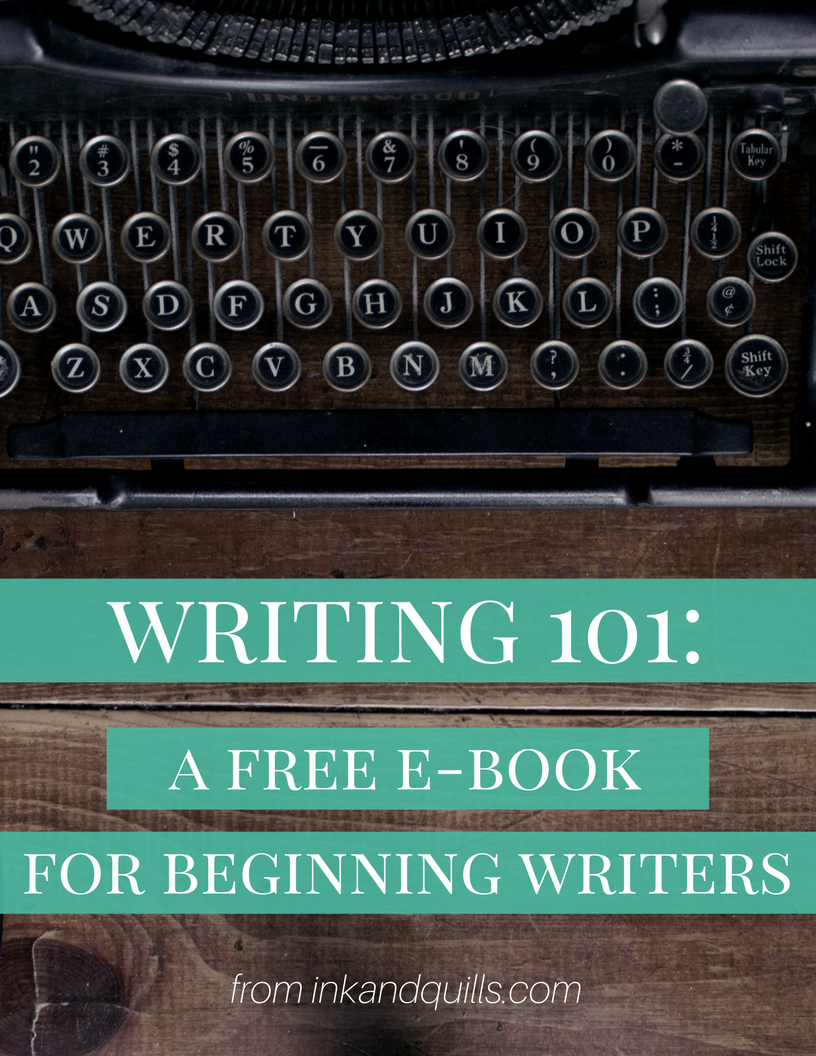

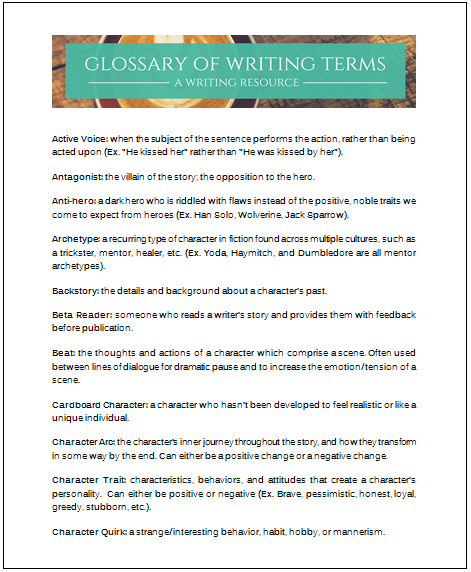

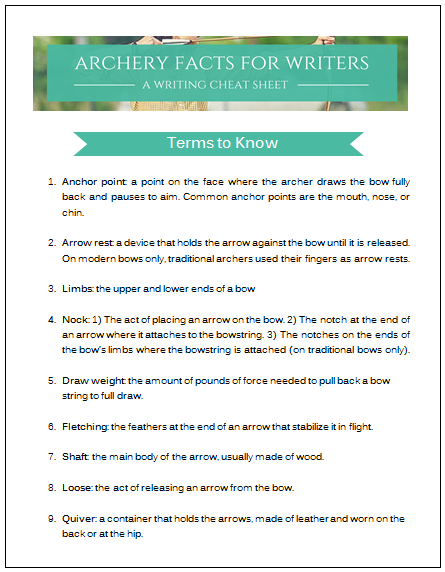



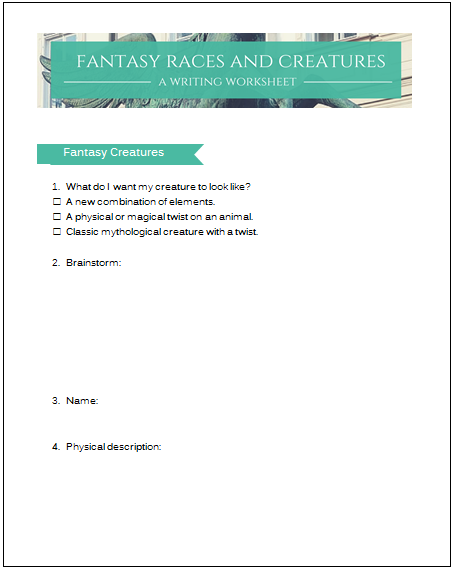


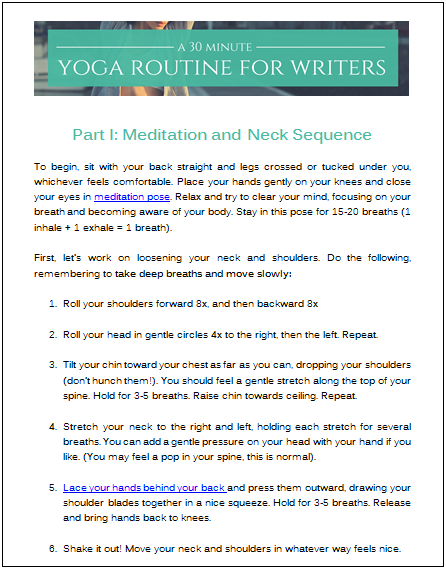
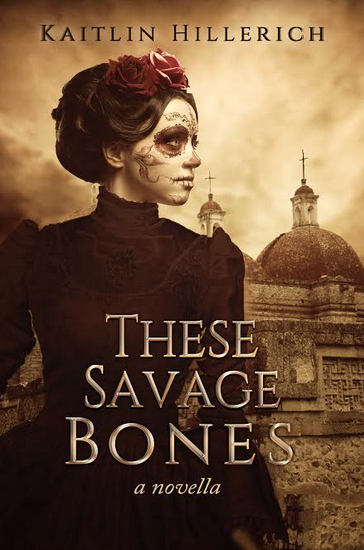
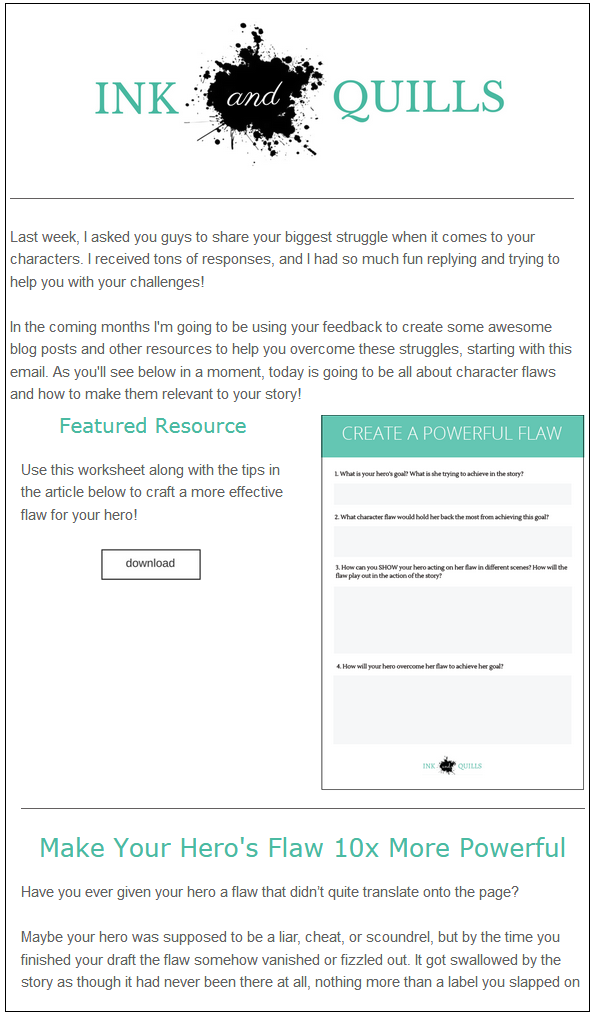
Great post! Headhopping is a big problem I’ve noticed for noob writers. I had that problem when I started out. XD
storitorigrace.blogspot.com
I’ve seen it in published books too and it drives me nuts! It’s one of my pet peeves lol. I remember reading the Ranger’s Apprentice series in middle school before I knew anything about writing and would always get annoyed with the head hopping haha
Hi
Great article! I just have a little question, what about showing the same thing twice, but in a very different perspective?
Let’s say Sarah is really nervous about the competition and you show all of that, the nerves, the other teams and their perceived superiority, all of that. Meanwhile, Sarah’s boyfriend is at the competition, but he’s a secret super spy trying to prevent an attack to the competitors. So he sees all that Sarah has already seen, through a very diferent light. It could be two very diferent scenes, one at the end of one chapter, from Sarah’s POV, focusing in the competition and not knowing her boyfriend is a spy or the threat. It would end with the boyfriend doing something outrageous like killing the guy giving the medals just when he’s going to give it to Sarah (because it’s a bomb or something). And then, the next chapter, from the boyfriend’s POV, focusing on the threat to Sarah and the competitors, and continuing the action beyond the bullet to the heart.
Hi Daniela!
That’s an interesting question. What you’re describing reminds me of the movie Vantage Point: http://www.imdb.com/title/tt0443274/ It shows the attempted assassination of the president from different POV of various witnesses.
I think there are a couple tactics you could use to make this work without being boring. You could balance the POV switches to where a scene isn’t repeated, choosing the most interesting perspective. So, for example, instead of showing the medal ceremony from Sarah and the boyfriend’s perspective, choose one, then cut to the other right after the shooting to get the other’s reaction.
The second tactic you could take is a little more complicated. I think this is what Vantage Point does, if I remember correctly. Present a mystery that requires information from two (or more) sides to make sense. So Sarah is going about her day at the competition but notices odd things, which arouse curiosity in the reader but will only make sense when you have the other half of the story (the boyfriend’s). I think this can work if you’re able to introduce enough mystery and suspense, and reveal new information that makes readers view what that had just read in a new light and change their perspective. It would probably be challenging, but it could be done.
Hope that answers your question!
Hi!
Thanks for answering! I was thinking of doing the first scene without clues, so it’s more of a shock when the second scene starts. But I think it’s way better to mention things seemingly at random, like they really don’t matter, and then later, BOOM! It all makes sense. Like J.K.Rowling and Agatha Christie do on their masterpieces.
An interesting thing I have seen/read somewhere is two scenes at the same moment with different POV, where the reader recognizes thing in the second one because they read the other on first, but the characters don’t know these things.
With the example given, maybe Sarah was in a hurry when she arrived and she was a bit careless with her bag. She’s lost something in the hallway and later, she notices that item X is gone, but ultimately goes ahead without it and without knowing where it is.
Then the boyfriend’s POV, he is stalking after a suspicious person and notices a random item X in the hallway. And maybe several more points where the POV brush against each other, without literally showing the same thing.
I can’t remember where this happened but it stood out to me as a very well done way of using the multiple POV for the same moment in time, at (almost) the same place.